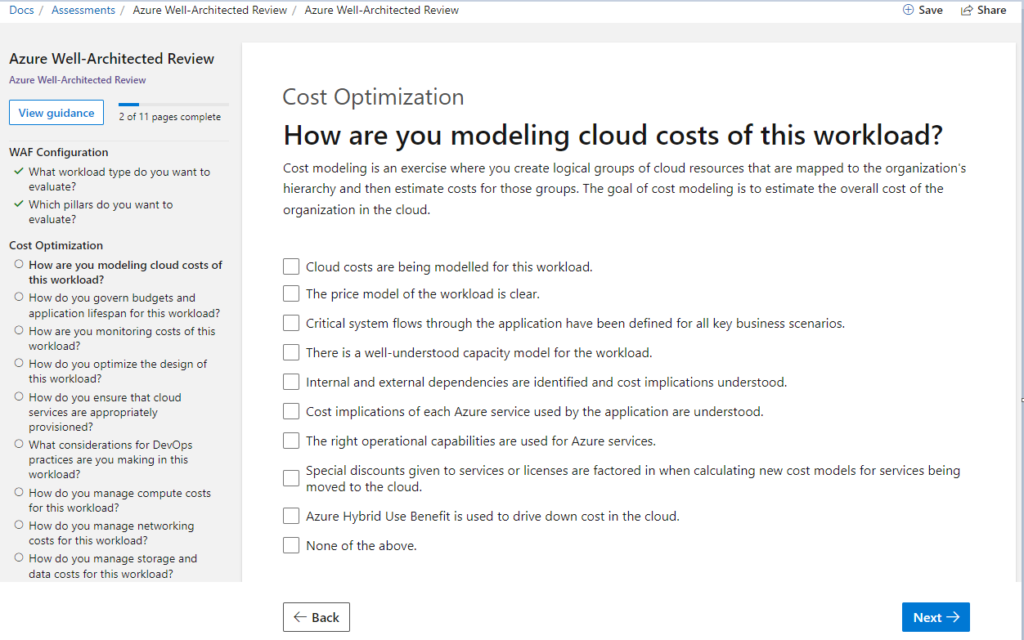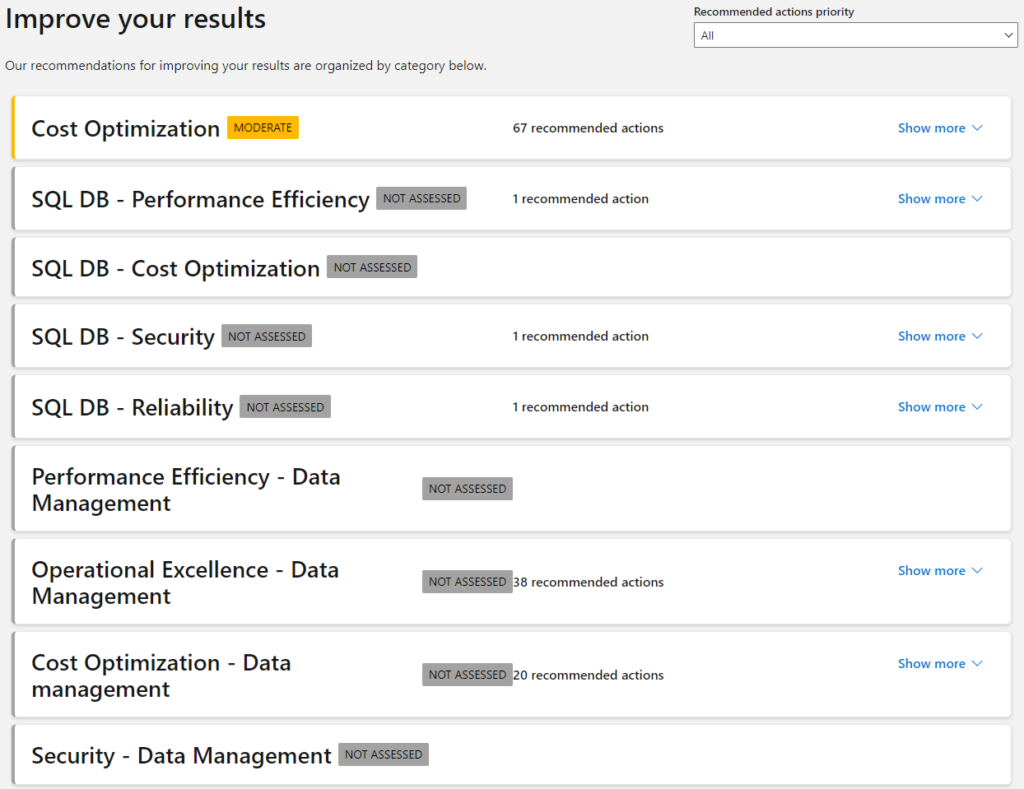When working with IT, you probably already thought about Cloud. When we start to talk about cloud computing, some questions may become into mind, like:
- How to use a Public Cloud correctly?
- Is it so expensive?
- Is it safe?
- Would my workloads be performative?
- How to move my workloads to there?
Even if you are building a new solution or trying to improve an existing one, you desire that this workload be completely trustable, that is, this solution should be safe, resilient, performative, cost-optimized, and in compliance with all business requirements. But, if the cloud is so big, and there are so many options to build a new workload, how to know if the best practices are being followed and If the solution will be great for the cloud?
So, for helping some issues like that, most cloud providers, like Azure, AWS, GPC, etc, supply a full guide that provides a set of architecture best practices to help clients build Cloud solutions. This guide is known as the Well-Architected Framework.
Generally, this Framework is composed of five or more pillars of architectural best practices. They used to be:
Operational Excellence: This pillar follows principles of various considerations that can help achieve superior operational practices. It has as objective to achieve higher competency and continuous improvement of how software or solutions is:
- Developed
- Deployed
- Operated
- Maintained
- Monitored
In summary, it includes the ability to support the development and run workloads effectively, gain insight into their operation, and continuously improve supporting processes and procedures to deliver business value.
Security: This pillar includes the ability to safeguard data, systems, and assets while utilizing cloud technologies to increase security.
Reliability: This pillar refers to a workload’s capacity to perform as its purpose, that is, run correctly and consistently as required. This includes the ability to run the workload and test it during its entire lifecycle.
Performance Efficiency: This pillar includes the ability to efficiently use computing resources to satisfy system requirements, and to maintain that efficiency as demand and technology change.
Cost Management (Optimization): This pillar includes the ability to run systems in such a way that they provide business value at the lowest possible cost.
These pillars help you effectively and consistently optimize your workloads against your Cloud Service Provider best practices and the specific business priorities that are relevant to you or your customers’ cloud journey.
At the first glance, you maybe think that is an impossible mission to fully accomplish all these pillars and have the workloads in compliance with the Well-Architected Framework. I also think that is not easy, but there are some ways to try to make it a little bit easier. When using Microsoft Azure, we have a “tool” to help us in this journey. This is the:
Azure Well-Architected Review
The Azure Well-Architected Review is designed to help you evaluate your workloads against the latest set of Azure best practices. It provides you with a suite of actionable guidance that you can use to improve your workloads in the areas that matter most to your business. Every customer is on a unique cloud journey, so it was designed to be tailored to an individual company’s needs.
You can evaluate each workload against only the pillars that matter for that workload, so when evaluating one of your mission-critical workloads, you might examine the reliability, performance efficiency, and security first and then later come back and look at the other pillars to improve your operational efficiency and cost footprint.
Check an example of the Review Assessment’s first part:

Suppose you choose Cost Optimization, it will bring a questionnaire for answering some related topics to assess this category. Check an example below:

As you complete the assessment, you’re provided a score for each pillar that you chose to evaluate and an aggregate score across the entire workload. You also receive a set of actionable recommendations that you can follow to better align the workload with your business priorities. Follow an example of the report generated:

After checking the report, you can also check recommendations for improving your results organized by category like SQL, Data, Machine Learning, etc.:

At the current pace of technical innovation, having a well-architected workload is a moving target. As best practices and technology evolve, business priorities change, or other factors shift, what was best for your workload may move right along with it. To continuously meet these targets and requirements, update your process to regularly review and monitor your or your customers’ most important workloads to ensure that they’re reliable, secure, and operating as expected.
Did you know about this feature to review your workloads based on the Well-Architected Framework? You can see more information about that here.
Let your comments here.
Sources:
https://docs.microsoft.com/en-us/azure/architecture/framework/
https://aws.amazon.com/blogs/apn/the-6-pillars-of-the-aws-well-architected-framework/
Thank you.
Only a smiling visitant here to share the love (:, btw outstanding design.